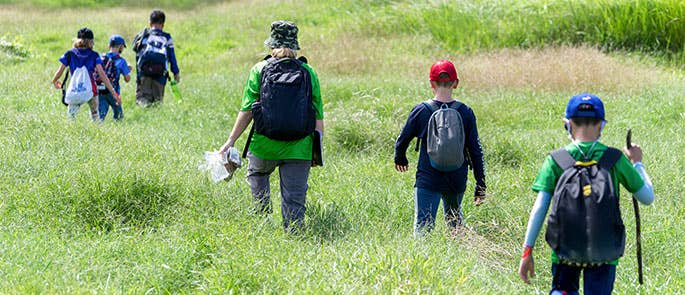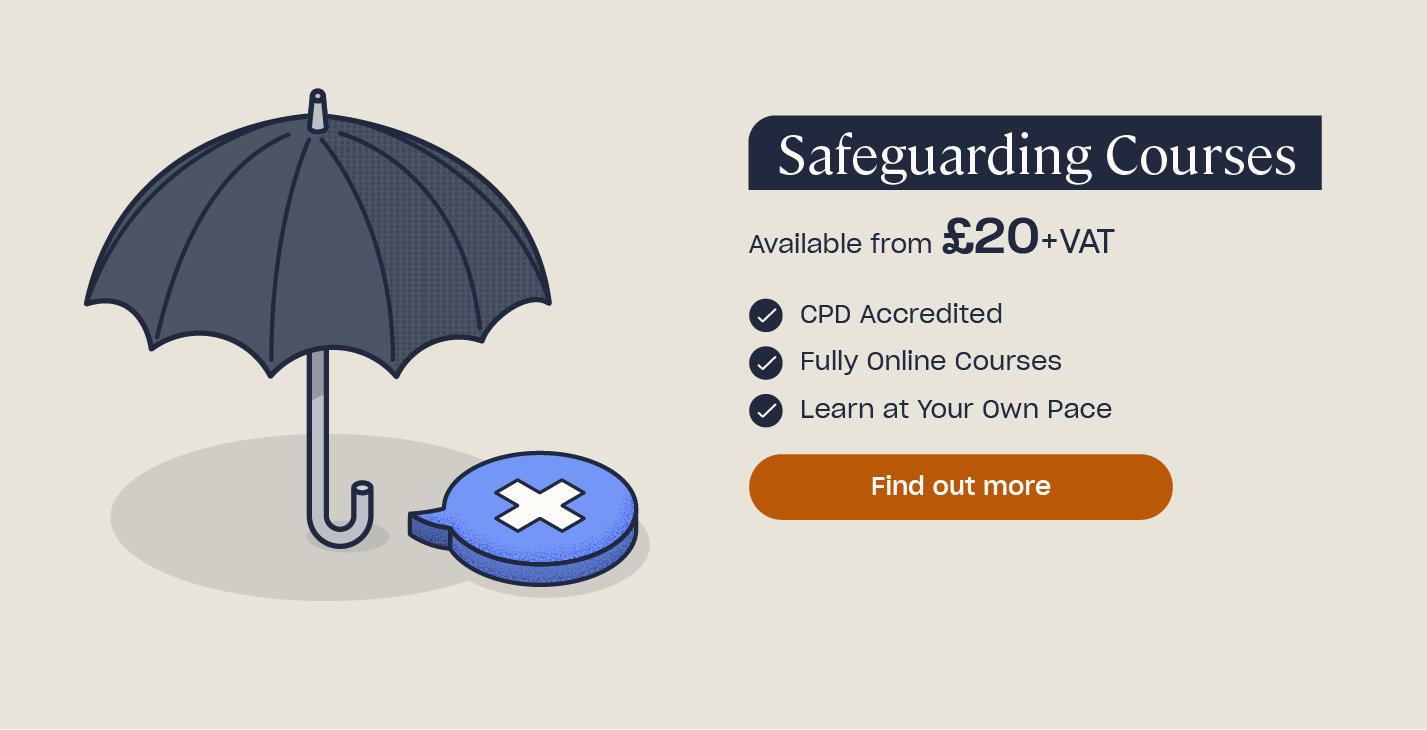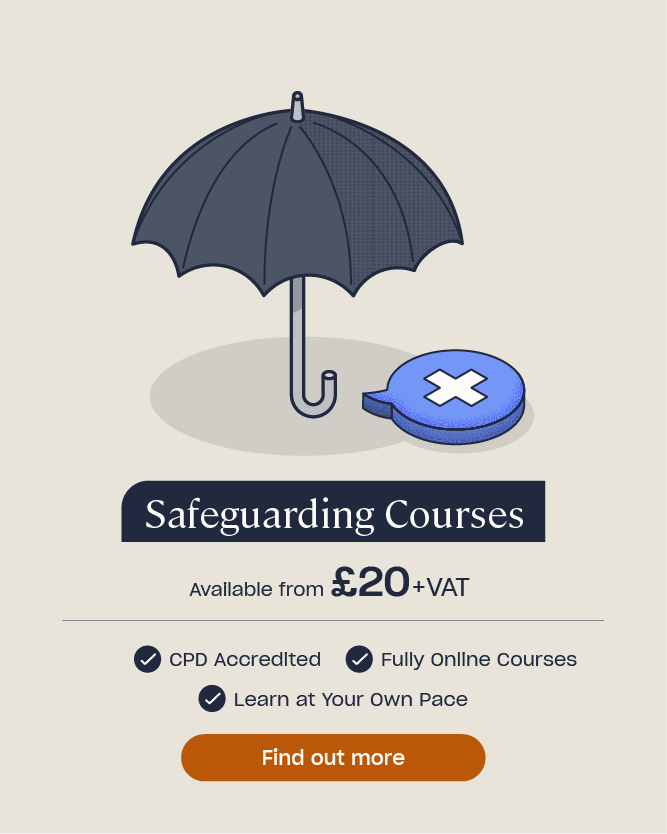School Trip Risk Assessment: Free Template
School trips offer children a wealth of benefits and unique opportunities that they may otherwise not get the chance to experience. They add to the curriculum, build confidence and increase skills. Despite this, taking children out of the classroom comes with potential risks and dangers so as a teacher student safety must be your top priority when organising and leading a school trip. A risk assessment helps to identify and to mitigate some of these potential hazards, ensuring that your school trip can run smoothly and remain safe for everyone participating.
In this article, we will highlight some of the potential risks of school trips, underline key legal requirements that you should be aware of, and explain how to conduct a thorough risk assessment, including a free downloadable template, to ensure the right safety measures have been taken before embarking on a school trip.

What are the Legal Requirements for School Trips?
When organising a school trip, it’s important to keep in mind that there are two types which each have different legal requirements involved. The two forms of school trip are:
- Routine visits.
- Trips that need a risk assessment and extra planning.
The second form of school trip are those that are not covered by a school’s current policies, for example due to distance from the school, the type of activity, location, or need for staff with specialist skills.
Whilst in some cases it may be adequate to simply adjust a previous school trip arrangement, other trips will need a new risk assessment completed, more detailed planning, and the approval of the school’s headteacher or governing body.
Ultimately, the legal requirements surrounding school trips all revolve around ensuring the health and safety of the children is protected as much as possible. To ensure you’ve considered all aspects of student safety, why not consult our article on Health and Safety in Schools: Free Checklist.
Obtaining Parental Consent
Whether you need to obtain parental consent to take pupils out on a school trip depends on the children’s age.
For nursery aged children, you must always get written consent from a parent or legal guardian in order to take the child on a school trip.
For most children, however, those over nursery age, written consent is not legally needed for the majority of school trips as they’re part of the curriculum. In fact, written consent is only required for trips that:
- Need a higher level of risk assessment.
- Are outside of usual school hours.
Despite this, it’s strongly advised that you always make parents and guardians aware of any school trips prior to their commencement to give them the opportunity to withdraw their child if preferred.
It’s also good practice to ask parents or carers to sign a consent form for school trips when their child first joins the school, which is designed to provide permission for their entire enrolment.
Using External Organisations
Often, a school will hire another organisation to lead a school trip, particularly if it involves visiting a location run by another company or partaking in an activity needing professional guidance. This can help to enrich a child’s experience as it offers the chance to visit places and do things that are outside of the limits of what a school and education staff can provide.

Using external organisations can be risky if not researched properly, however. It’s essential that they are able to provide satisfactory safety standards and public liability insurance.
One way to check whether an external organisation is safe to hire for a school trip is to check whether they have a Learning Outside the Classroom Quality Badge, awarded by The Council for Learning Outside the Classroom (LOtC).
Additionally, even when using an organisation that has a LOtC quality badge, it’s important that a school draws up an agreement with the organisation prior to a school trip that outlines exactly what everyone is responsible for, particularly if the organisation will be included in the supervision of children.
Arranging Adventurous Activities
School trips that contain an element of adventure are often the most exciting for children as they frequently involve doing an activity that the child has not had the chance to experience before. This includes things like watersports, climbing, trekking, or caving.
It’s essential that these activities are organised well in advance of the school trip taking place and are not added during the visit. This is because these activities potentially involve more safety hazards and should therefore be highly risk assessed beforehand to ensure that the abilities of every child taking part are considered. Furthermore, organisations offering adventure activities should hold the correct licences to do so. It’s vital to check this before choosing a provider for your trip.
Having an Emergency Response Plan
Before embarking on a school trip, you should ensure you have a suitable emergency response plan in place that outlines what to do if an accident or incident does occur during the visit. This should include a communication plan containing the relevant contact numbers and the organisation of regular check-ins.
Eager to Expand Your Knowledge?
We offer a wide range of expert Courses for Teaching and Education to help you stay compliant and safeguard your students, including Paediatric First Aid, Challenging Behaviour and Allergy & Anaphylaxis Training for Schools.
Are School Trips Safe?
It’s common for schools to shy away from organising school excursions or stick to safer trips due to misunderstandings around safety law and in order to avoid scrutiny if something were to go wrong.
In reality, however, research shows that more accidents occur on school grounds than on trips. Furthermore, the safety requirements for school trips are very realistic and shouldn’t cause schools any anxiety. As long as you’ve identified any hazards that may arise and determined control measures to help mitigate these risks, the chance of an incident occurring will be significantly reduced and you’ll be sufficiently prepared to react if a situation does arise. Thus, schools should have the confidence to offer engaging and educational trips where everyone involved is aware of their responsibilities.
To help you to make the necessary safety preparations, you can find a few examples of possible school trip risks below.
Exposure to Weather 
It can be difficult to know in advance what the weather will be like during a school trip, but that’s why it’s important to be prepared for all eventualities. Weather, whilst usually harmless, does pose some risks such as sunburn, dehydration, frostbite, or hyper/hypothermia.
To mitigate this risk, ensure all children are dressed appropriately or have packed items such as sun cream, hats, or layers that help to protect against the sun or cold, and have plenty to drink throughout the trip. It’s a good idea to pack spare clothing and water for any children that may not have been provided with these items from home.
Road Traffic 
Once you take children out of school, it is likely you’ll encounter some form of traffic either when driving to the school trip destination or when having to cross roads on foot. Where traffic comes into close proximity there is always a risk of an accident occurring.
As long as each child is closely supervised at all times, which should be easily manageable with the correct pupil to adult ratio, and are reminded to look both ways and use their eyes and ears to check for oncoming vehicles, this risk will remain small.
Getting Lost 
Whilst this is generally a terrifying prospect for supervisors on a school trip, the risk of a child getting separated from your group during a school excursion is vastly reduced with the correct supervision and organisation.
Ensure each adult present on the trip is assigned a small group of students to keep an eye on, so that it remains manageable to monitor every child at all times. In the case that a child does get separated, it’s a good idea to arrange an emergency meeting point so that all staff and children are aware of where you can be reunited. Additionally, perhaps provide an emergency bracelet for each child with your contact number on it so that you can be made aware if a separated child gets found.
Food Allergies 
Although actions may be put in place to prevent food containing a specific allergen from being brought into a school environment, it’s harder to control the risk of a child accidentally encountering their allergen when leaving school grounds on an educational trip.
The best way to help reduce the risk of a child having an allergic reaction is to ensure you’ve informed any external organisations involved in the trip about the child’s allergies and dietary requirements so that they can take measures to ensure the allergen is not present. Additionally, make sure the child in question brings any medication used for their allergy with them and that all staff members are aware of how to administer this medication if needed.
Want to learn more about school food allergy safety? Our comprehensive Allergy & Anaphylaxis Training for Schools course was created in partnership with industry experts and offers guidance on how to recognise, prevent and respond to allergic reactions, including anaphylaxis.
Slip and Trip Injuries 
Injuries occurring from slips and trips can occur at any time, whether children are in school or not, and thus you must be prepared to deal with such an injury when on a school trip exactly the same as you would in the classroom.
There should be at least one staff member present, ideally more, who is trained in paediatric first aid and can confidently respond if an incident does occur. Furthermore, it’s essential that a comprehensive first aid kit is available at all times both during transit and on the site of the trip. Consult our article on What Should be in a First Aid Kit to ensure you have everything you need.
How to Do a Risk Assessment for a School Trip
A risk assessment is a document which helps to identify what risks currently exist or may occur in a particular environment or situation. A risk assessment of a school trip involves a thorough examination of any potential hazards that could occur during your excursion, helping to ensure you’ve done all that you can to keep the participating children safe.
What Should be Included in a School Trip Risk Assessment?
Identify Any Possible Hazards
Start by considering the significant risks that could emerge at each stage of the trip, including travel to and from the location as well as the activity itself. This section should mainly focus on hazards over which you have some control, such as food safety, separation, slips and trips etc. Keep in mind that these hazards may vary depending on the nature of your excursion, as not all school trips carry the same level of risk, so it’s important to create an individual assessment for specific trips.
Outline Who May be Affected by Each Hazard
The people potentially affected or harmed may be different for each hazard. For instance, some hazards may impact the whole group whereas others may only affect the children or even specific pupils. When considering this section, you should pay special thought to any children attending the trip with physical and/or learning disabilities, medical conditions, or food allergies. These individuals may require extra care as they’re more at risk of harm.

Determine a System to Rank the Hazards
It’s a good idea to create a comprehensive ranking system for hazards that can be used across all risk assessments completed by the school. By ranking hazards based on how likely they are to occur and the severity of the risk, future risk assessments will become easier to complete and all school staff will be aware at a glance of how much precaution needs to be taken for each risk. One example of a ranking system for school trip hazards is:
1 – Low
2 – Moderate
3 – High
4 – Extremely high
Describe Suitable Control Measures and Precautions
Once each risk has been identified, you should consider and record any precautions you will take to help mitigate this risk. This can range from packing specific items, such as weather protection, to prohibiting certain foods that could trigger an allergy, or having an in-depth communication plan and emergency meeting location.
Record Your Findings
It’s essential that you continue to review and update your risk assessment leading up to a school trip to account for any changes in circumstance and ensure that nothing has been missed. Also, keep a copy of the completed form as evidence of your diligence should an accident occur.
School Trip Risk Assessment Template
To help set you on the right path to creating a fully comprehensive school trip risk assessment, we’ve created a blank template for you to download and fill out for free. Containing all the essential components listed above, simply follow the written prompts within the form to ensure you’ve included all necessary information to help keep children safe on your next school trip.
School trips are some of the most enriching and memorable experiences for children and are therefore well worth incorporating into your curriculum. Whilst there are a number of legal requirements to consider whilst planning a school trip, these are all reasonable and manageable. The best way to ensure a school trip runs smoothly and safely is to conduct a thorough risk assessment to identify and mitigate any hazards prior to the school excursion.
Further Resources:
- How to Create an Effective Culture of Safeguarding in Schools
- Health and Safety in Schools: Free Checklist
- What Should be in a First Aid Kit?
- Courses for Teaching and Education











